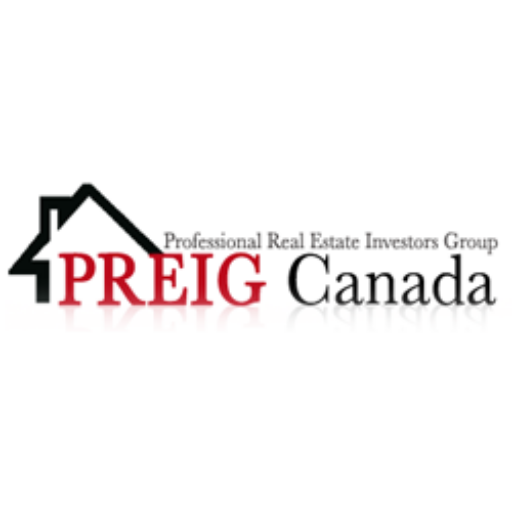| www.preigCanada.com/membership | www.Flipping4Profit.ca |
Mold in your house doesn’t have to be flooded. According to the Canada Mortgage and Housing Corporation’s (CMHC), more than 270 species of mould have been identified in Canadian homes.
Areas that are always or often damp, such as bathrooms, laundry/utility rooms, and basements, are common locations for mold growth in homes. Regularly check areas that have been or are likely to get wet. If you hire a mold inspector to locate a water or mold problem, make sure the professional has experience identifying and locating mold and water problems. If possible, crawl spaces should be included when examining the building. (A white, soluble fibrous material on the soil of the crawl space may be alkaline salts, not indicating moisture has been a problem and suggesting that the area should be more extensively inspected.)
Navtaj Chandhoke of Professional Real Estate Investors Group (PREIG) Canada recommends opening windows, getting fans blowing in an affected area and using a portable dehumidifier. Ventilation is the key in reducing mould. Your nose can guide you to an area that has mould.
Molds do not form a specific taxonomic or phylogenetic grouping, but can be found in the divisions Zygomycota, Deuteromycota and Ascomycota. Some cause disease or food spoilage, others play an important role in biodegradation or in the production of various foods, beverages, antibiotics and enzymes.
However, the significant snow melt and torrential rains throughout the province have provided ripe growing conditions for mould – whether homes have taken in a trickle or torrent of water.
Molds are part of a group of microorganisms called fungi that also include mushrooms and yeasts. They are familiar to most people as food spoilers on items such as bread or fruit. They are nature’s decomposers in the food chain. If allowed to grow inside your house, it can be a problem.
In some cases, indoor mold growth may not be obvious. Mold does not need light to grow: it can grow in dark areas and on hidden surfaces, such as the backside of drywall, wallpaper, and paneling; the top side of ceiling tiles; and the underside of carpets and pads. Possible locations of hidden mold also include damp areas behind walls and in crawlspaces, inside pipe chases and utility tunnels (areas in walls where water and other pipes are run), on acoustic liners in ventilation ducts, and on roof materials above ceiling tiles.
Common health problems associated with mould exposure include irritation of the eyes, nose and throat, a runny nose, sinus congestion, frequent cold symptoms, increased asthma attacks and allergic reactions.
Mold requires high humidity levels to grow. Some require condensation to start growing. To avoid most problems, keep at least basements dry.If mold is present, clean the affected area as soon as possible, and identify the source of moisture that allowed the mold to grow in that location.
You can clean small areas of mold yourself using an unscented detergent and water. The area is considered “small†if there are fewer than three patches, each patch smaller than one (1) square meter. If you have more than three patches or the areas are larger, you need a trained professional to assess your house. You may also need a trained contractor to clean extensive areas of mold. When removing mould, he urges people to wear safety goggles; household rubber gloves and a disposable dust mask.
Moldy ceiling tiles and carpets should be removed and discarded. Drywall that remains stained after cleaning with detergent and water may need to be removed. Try washing fabrics. If the odor or stain persists, discard.
The proper cleaning procedure involves removing the mold. Chemicals, such as bleach and fungicides are not recommended. It is important to remove all residues as they can cause allergies or illness.
During the inspection, any moldy or damp odors should be noted because damp or musty odors suggest that water is or was present and growth is likely. Occupant complaints of odors and health problems also should be investigated.
Your success is our Passion!



